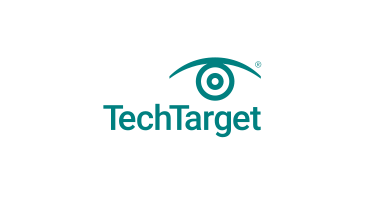Data classification is the process of organizing data into categories that make it easy to retrieve, sort and store for future use. A well-planned data classification system makes essential data easy to find and retrieve. This can be of particular importance for risk management, legal discovery and regulatory compliance. Written procedures and guidelines for data classification policies should define what categories and criteria the organization will use to classify data. They also specify the roles and responsibilities of employees within the organization regarding data stewardship. Once a data classification scheme is created, security standards should be identified that specify appropriate handling practices for each category. Storage standards that define the data’s lifecycle requirements must be addressed, as well.
References
-
Learn about the different types of classification and how to effectively classify your data in Data Protection 101, our series on the fundamentals of data security.🔗Digital Guardian
-
https://www.indeed.com/career-advice/career-development/data-classification-types🔗indeed.com
-
 Learn about data classification, the various types and the steps involved. Discover the benefits, examples and how data classification is used in GDPR.🔗Data Management
Learn about data classification, the various types and the steps involved. Discover the benefits, examples and how data classification is used in GDPR.🔗Data Management

 Classification
Classification